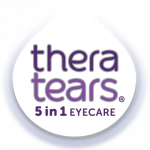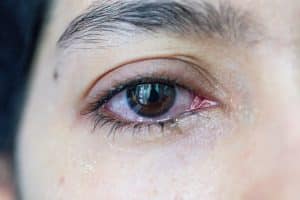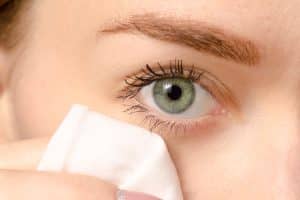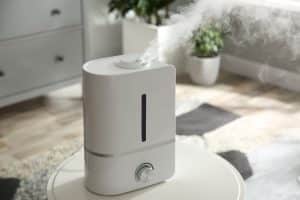Having dry air in your home can lead to a number of discomforts, including dry eye syndrome – a condition that causes your eyes to feel itchy and sore, and may lead to blurry vision, watering eyes or light sensitivity.
If this sounds familiar, then be aware that there are several things that can cause dry eyes – though if dry eyes and similar discomforts persist, you should consult a healthcare professional. But, if the humidity levels in your home are low, it could be dry air causing your eye irritation.[1]
What to do for dry air in your house
Fortunately, dry air at home is something that can be fixed relatively easily with a little time and a few simple techniques. We’ve collated our favourites below.
Keep houseplants
This is a highly popular option because as well as adding moisture to your home environment, keeping houseplants doesn’t look out of place or odd if you have unexpected guests. In fact, houseplants look amazing in all spaces and have a range of benefits besides humidity regulation, including reducing stress and harmful air contaminants.[3]
How does this work to add moisture to the air? Well, plants drink up the water from their roots, use what they need in internal processes and then release the remainder through tiny holes in the leaves.
Dry clothing indoors in winter
In winter, when dry air is typically more of a problem, you can add moisture and cross off a household chore in one fell swoop. By drying your clothes indoors (i.e., by hanging them on an airer rather than using the tumble dryer) you release the moisture from your wet laundry into your home.
In turn, this relieves issues of dry air whilst also saving you money by not needing to use the dryer so much.
Opening the window in winter
Another great way to add moisture to your home is to take some of the moisture that’s outside in a dreary, wet British winter, and let it in. We don’t mean you should have all your doors and windows open 24/7, but by ventilating your home regularly by opening the windows and getting some air flowing through, you allow the circulation of wet, outdoors air with dry, indoor air.
Use a humidifier
One of the most obvious ways to add humidity to your home environment is of course to use a humidifier – a device designed for the very purpose. You can set a humidifier to run for a set duration of time, such as while you’re sleeping, to add moisture to the air in a simple, controllable way.
Important! Adding too much moisture to the air without adequate ventilation can lead to damp problems including mould growth in your home.[2] For the best results, start by adding only small amounts of moisture and gradually increase until you feel relief – and remember to ventilate your home thoroughly every day.
DIY a humidifier
Finally, if you don’t already have a humidifier or you’re looking for a low-energy way to add moisture to your home, then there are DIY alternatives you can try.
These mostly take advantage of hot-water situations in your home – for example, baths, showers, dishwashers and boiling water on the stove. The more hot water involved, the more water evaporates into vapour to create a moisture-balanced atmosphere.
For washing up and baths, let the hot water sit and cool completely instead of draining it away immediately. This encourages water vapour to be released inside your home rather than deep down in the pipes where it can’t help you.
If you don’t have a quantity of hot water to hand for one of these household chores, then an alternative is to simply fill a bowl of hot water and leave it on the floor in front of a radiator or other heat source. This will help to keep the water warm while also distributing water vapour around the room. Remember to be careful with children and pets near bowls of hot water to avoid spillages and scalds.
Adding moisture to your home to combat dry air can be a great way to combat dry eyes in the long term. But in the short term, or when you’re out and about in places where you can’t control the climate, you need something else to tackle the problem. Eye drops such as TheraTears® Dry or Tired Eye Drops contain hyaluronic acid to lubricate dry, irritated eyes so you can feel more comfortable day-to-day.
Resources
[1] – https://www.nhs.uk/conditions/dry-eyes/
[2] – https://www.nhsinform.scot/healthy-living/indoor-health/damp-and-mould-indoors/
[3] – https://www.rhs.org.uk/plants/types/houseplants/for-human-health







